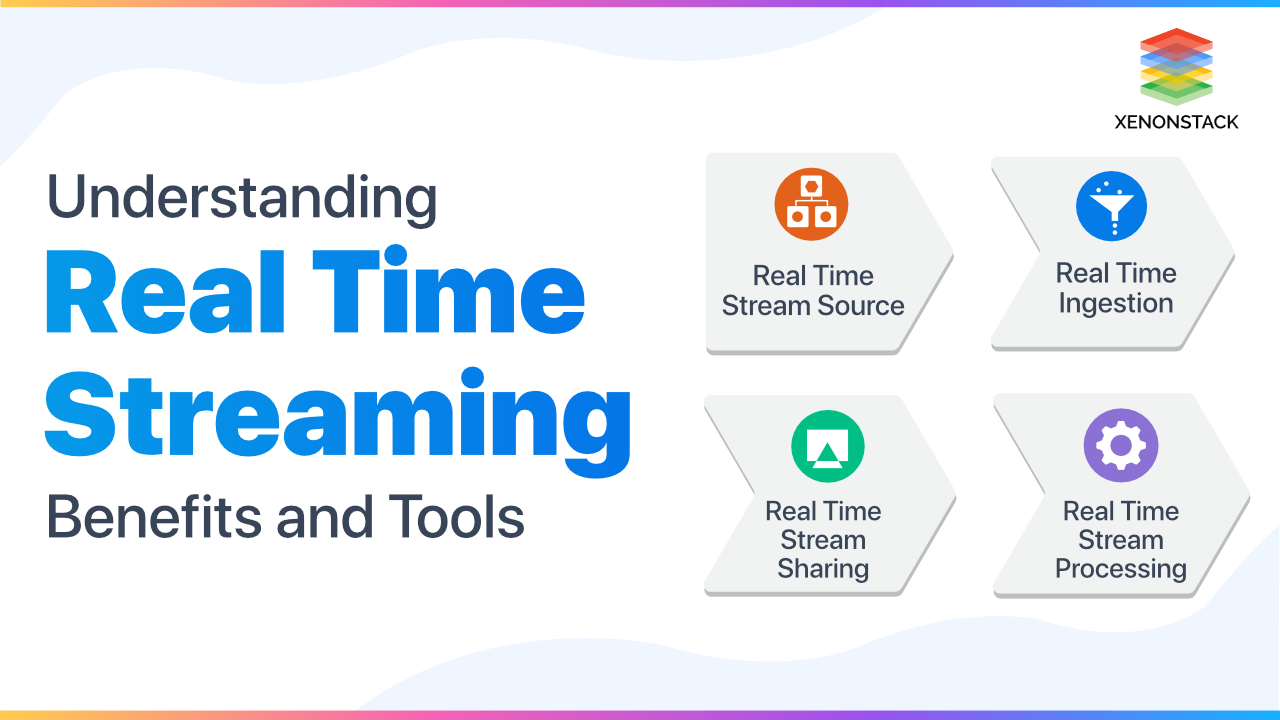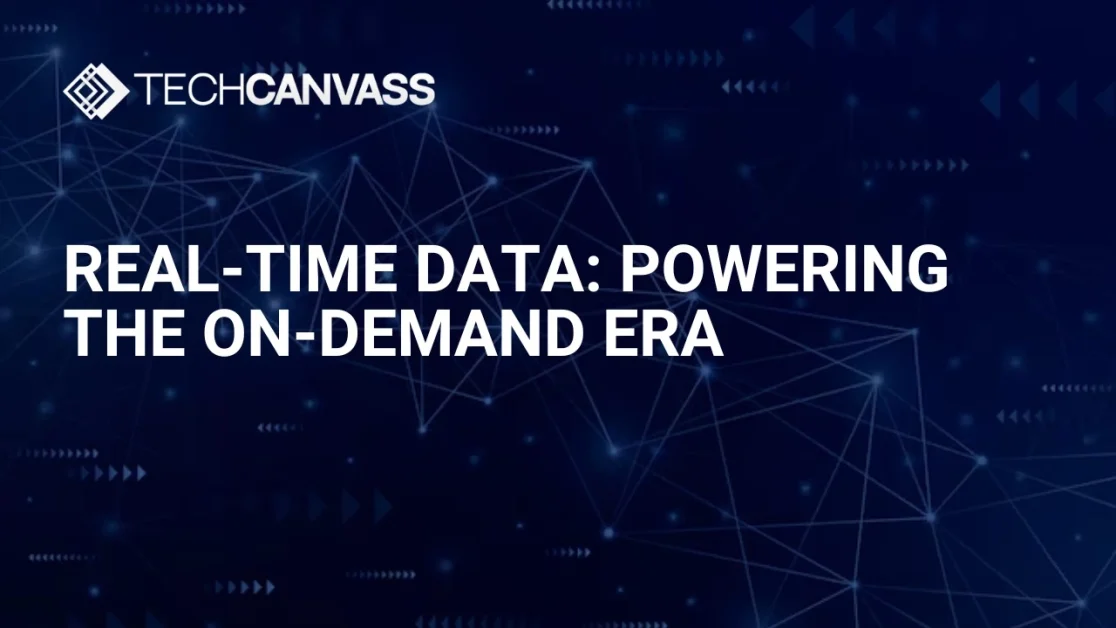P1]
In today’s fast-paced digital landscape, the ability to process and react to information in real-time is no longer a luxury, but a necessity. From monitoring financial markets to optimizing logistics and personalizing customer experiences, real-time data streaming has emerged as a crucial technology driving innovation and competitive advantage across various industries. This article delves into the world of real-time data streaming, exploring its core concepts, benefits, applications, challenges, and the future trends shaping its evolution.
What is Real-Time Data Streaming?
At its core, real-time data streaming involves the continuous and sequential transmission of data as it is generated. Unlike traditional batch processing, where data is collected and processed in large chunks at scheduled intervals, real-time streaming processes data immediately, minimizing latency and enabling near-instantaneous insights. Think of it like a continuous river of information, constantly flowing and being analyzed as it moves.
This "river" of data can originate from a multitude of sources, including:
- Sensors: IoT devices, industrial machinery, environmental sensors, and wearable technology.
- Applications: Mobile apps, web applications, gaming platforms, and e-commerce websites.
- Social Media: Twitter feeds, Facebook posts, and other social media platforms.
- Financial Markets: Stock prices, currency exchange rates, and trading activity.
- Log Files: Server logs, application logs, and network logs.

The key characteristic is that the data is generated continuously and needs to be processed and analyzed as quickly as possible to extract value and trigger appropriate actions.
Key Concepts in Real-Time Data Streaming:
To fully grasp the power of real-time data streaming, it’s essential to understand some of the core concepts that underpin its functionality:
- Data Ingestion: The process of collecting data from various sources and feeding it into the streaming platform. This often involves specialized connectors and protocols to handle diverse data formats and communication methods.
- Data Processing: The transformation, filtering, and enrichment of data as it flows through the pipeline. This can include tasks like data cleansing, aggregation, and anomaly detection.
- Data Analysis: The application of analytical techniques to extract meaningful insights from the processed data. This can range from simple statistical analysis to complex machine learning algorithms.
- Data Storage: The persistent storage of data for historical analysis, reporting, and auditing purposes. This often involves specialized data stores optimized for high-volume, high-velocity data.
- Data Visualization: The presentation of data in a visually appealing and easily understandable format. This allows users to quickly grasp key trends and patterns.
- Latency: The time delay between data generation and its availability for analysis. Minimizing latency is crucial for real-time applications.
- Throughput: The volume of data that can be processed per unit of time. High throughput is essential for handling large data streams.
- Scalability: The ability to handle increasing volumes of data and user demand without compromising performance.
- Fault Tolerance: The ability to continue operating even in the event of hardware or software failures.


Benefits of Real-Time Data Streaming:
The adoption of real-time data streaming offers a multitude of benefits across various industries:
- Improved Decision-Making: Real-time insights enable faster and more informed decision-making, allowing organizations to react quickly to changing market conditions, customer needs, and operational challenges.
- Enhanced Customer Experience: Personalized recommendations, targeted marketing campaigns, and proactive customer support can be delivered in real-time based on individual user behavior and preferences.
- Optimized Operations: Real-time monitoring and analysis of operational data can identify bottlenecks, predict equipment failures, and optimize resource allocation, leading to improved efficiency and reduced costs.
- Fraud Detection and Prevention: Real-time fraud detection systems can identify and prevent fraudulent transactions before they occur, protecting businesses and customers from financial losses.
- Improved Security: Real-time security monitoring can detect and respond to security threats in real-time, minimizing the impact of cyberattacks.
- Increased Agility: Real-time data streaming enables organizations to be more agile and responsive to change, allowing them to adapt quickly to new opportunities and challenges.
- New Revenue Streams: Real-time data can be monetized through the development of new products and services, such as personalized recommendations, targeted advertising, and predictive analytics.
Applications of Real-Time Data Streaming Across Industries:
The versatility of real-time data streaming has led to its adoption across a wide range of industries:
- Finance: Real-time monitoring of stock prices, fraud detection, algorithmic trading, and risk management.
- Retail: Personalized recommendations, targeted marketing campaigns, inventory management, and fraud prevention.
- Manufacturing: Predictive maintenance, quality control, process optimization, and supply chain management.
- Healthcare: Remote patient monitoring, real-time alerts for critical conditions, and personalized treatment plans.
- Transportation: Traffic monitoring, route optimization, autonomous vehicle navigation, and logistics management.
- Gaming: Real-time player analytics, personalized game experiences, and fraud detection.
- Energy: Smart grid management, predictive maintenance of energy infrastructure, and optimization of energy consumption.
- Media and Entertainment: Personalized content recommendations, real-time audience engagement, and targeted advertising.
Challenges of Implementing Real-Time Data Streaming:
While the benefits of real-time data streaming are significant, implementing it successfully can present several challenges:
- Data Volume and Velocity: Handling the sheer volume and velocity of data generated by real-time sources requires robust and scalable infrastructure.
- Data Variety and Complexity: Dealing with diverse data formats and complex data structures can be challenging.
- Latency Requirements: Minimizing latency requires careful design and optimization of the entire data pipeline.
- Data Governance and Security: Ensuring data quality, security, and compliance with regulations is crucial.
- Integration with Existing Systems: Integrating real-time data streams with existing legacy systems can be complex.
- Skill Gap: Implementing and managing real-time data streaming solutions requires specialized skills and expertise.
- Cost: Building and maintaining a real-time data streaming infrastructure can be expensive.
Technologies and Tools for Real-Time Data Streaming:
A variety of technologies and tools are available to support real-time data streaming:
- Message Queues: Apache Kafka, RabbitMQ, and Amazon Kinesis are popular message queues used for ingesting and distributing data streams.
- Stream Processing Engines: Apache Flink, Apache Spark Streaming, and Apache Storm are powerful stream processing engines used for transforming, analyzing, and enriching data streams.
- Data Storage Solutions: Apache Cassandra, Apache HBase, and Amazon DynamoDB are NoSQL databases optimized for high-volume, high-velocity data storage.
- Cloud Platforms: Amazon Web Services (AWS), Google Cloud Platform (GCP), and Microsoft Azure offer comprehensive suites of services for real-time data streaming.
Future Trends in Real-Time Data Streaming:
The field of real-time data streaming is constantly evolving, with several key trends shaping its future:
- Edge Computing: Processing data closer to the source of generation, reducing latency and improving efficiency.
- Artificial Intelligence (AI) and Machine Learning (ML): Integrating AI and ML algorithms into real-time data pipelines to enable more sophisticated analysis and decision-making.
- Serverless Computing: Utilizing serverless computing platforms to simplify the deployment and management of real-time data streaming applications.
- Real-Time Data Mesh: A decentralized approach to data management that enables different teams to access and share real-time data in a secure and governed manner.
- Increased Adoption Across Industries: As the benefits of real-time data streaming become more widely recognized, its adoption is expected to continue to grow across various industries.
FAQ on Real-Time Data Streaming:
Q: What is the difference between real-time data streaming and batch processing?
A: Real-time data streaming processes data continuously as it is generated, minimizing latency. Batch processing, on the other hand, collects data over a period of time and processes it in large chunks at scheduled intervals.
Q: What are some common use cases for real-time data streaming?
A: Common use cases include fraud detection, personalized recommendations, predictive maintenance, real-time monitoring, and algorithmic trading.
Q: What are the key challenges of implementing real-time data streaming?
A: Key challenges include handling data volume and velocity, managing data variety and complexity, minimizing latency, and ensuring data governance and security.
Q: What technologies are commonly used for real-time data streaming?
A: Common technologies include message queues like Apache Kafka, stream processing engines like Apache Flink, and NoSQL databases like Apache Cassandra.
Q: How can I get started with real-time data streaming?
A: You can start by identifying a specific use case, choosing the appropriate technologies, and building a proof-of-concept application. Cloud platforms like AWS, GCP, and Azure offer comprehensive suites of services to help you get started.
Q: What is the role of AI/ML in real-time data streaming?
A: AI/ML algorithms can be integrated into real-time data pipelines to enable more sophisticated analysis and decision-making, such as anomaly detection, predictive analytics, and personalized recommendations.
Conclusion:
Real-time data streaming is revolutionizing the way organizations process and react to information. By enabling near-instantaneous insights and automated actions, it empowers businesses to make better decisions, enhance customer experiences, optimize operations, and drive innovation. While implementing real-time data streaming can present challenges, the benefits are undeniable. As technology continues to evolve, real-time data streaming will undoubtedly play an increasingly important role in shaping the future of business and society. Embracing this technology is no longer optional but a strategic imperative for organizations seeking to thrive in the data-driven world. As we move towards a more connected and data-rich future, the ability to harness the power of real-time data will be a key differentiator for success.

Leave a Reply